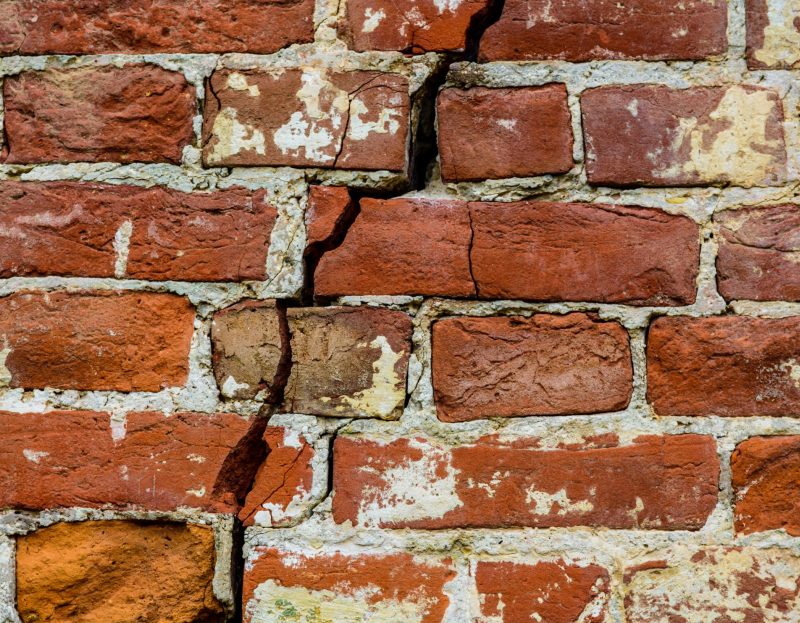Apr 10, 2023 | News

Hot summers - winners and losers
We have enjoyed some fantastic summers with lots of dry, warm and sunny days. Great for holidaymakers but for many farmers it is a cause of huge stress.
Whether it be for those struggling to feed their stock and having to use up winter feed, or arable farmers struggling to drill crops for the coming year. Spare a thought too for property owners. Unlike many other countries, our homes are not designed for either extreme or prolonged heat and an issue some may face is the increased risk of subsidence.
How does subsidence arise? Typically, it is because of the removal of underground water, destabilisation of earth structure and the drainage of organic material from within the soil. The foundations of a building become unstable and begin to show signs of movement which manifests itself through cracking or sinking. 2018 saw a huge surge in subsidence claims and unfortunately 2022 is looking as if it could be worse, with some insurers reporting an increase of over 200% in claims reported between June and July. One hot summer shouldn't be cause for alarm but as the summers become warmer on a more regular basis, then subsidence cases can only increase.
The most obvious sign of subsidence is cracking in walls, often next to a door or window, with the cracking wider at the top than the bottom and generally at least 3mm wide. Cracks may be seen on the inside as well as the outside of the house and windows and doors may become misaligned and floors uneven.
Almost all buildings will have some cracking, with most nothing to worry about, but it is important to notice whether the crack has recently appeared, if it is spreading quickly, if there are trees or vegetation close by, or if its is developing in a diagonal pattern. It is important to take professional advice if you notice a large crack which has spread over a short time period.
What can you do to minimise damage caused by subsidence? The key is to take action immediately to avoid the problem getting worse over time. Water pipes and gutters should be checked to ensure no leakages which can soften the soil around your property. Trees, shrubs and vegetation close to your home can make the issue worse as they take water from the soil, drying it out and exacerbating shrinkage. Willows, poplars, ash and oak trees are the worst offenders, all having long, fine root structures that soak up huge amounts of water each day.
Another consequence of the heat can be 'summer branch drop' where after a long period of hot weather and lack of rain, trees suddenly shed their branches due to being under severe stress. We had an incident last summer where a van was written off after an oak tree's branches dropped onto its roof, thankfully with no serious injuries. Water stress is worse in large trees with overextended or elongated limbs, with the most vulnerable being beeches, oaks and horse chestnuts.
If you suspect subsidence or notice a new large crack that has spread quickly, it is sensible to contact your broker as soon as possible. Early intervention is so often the key.
